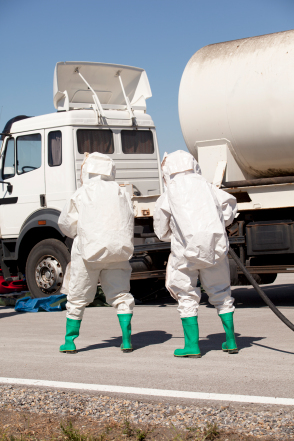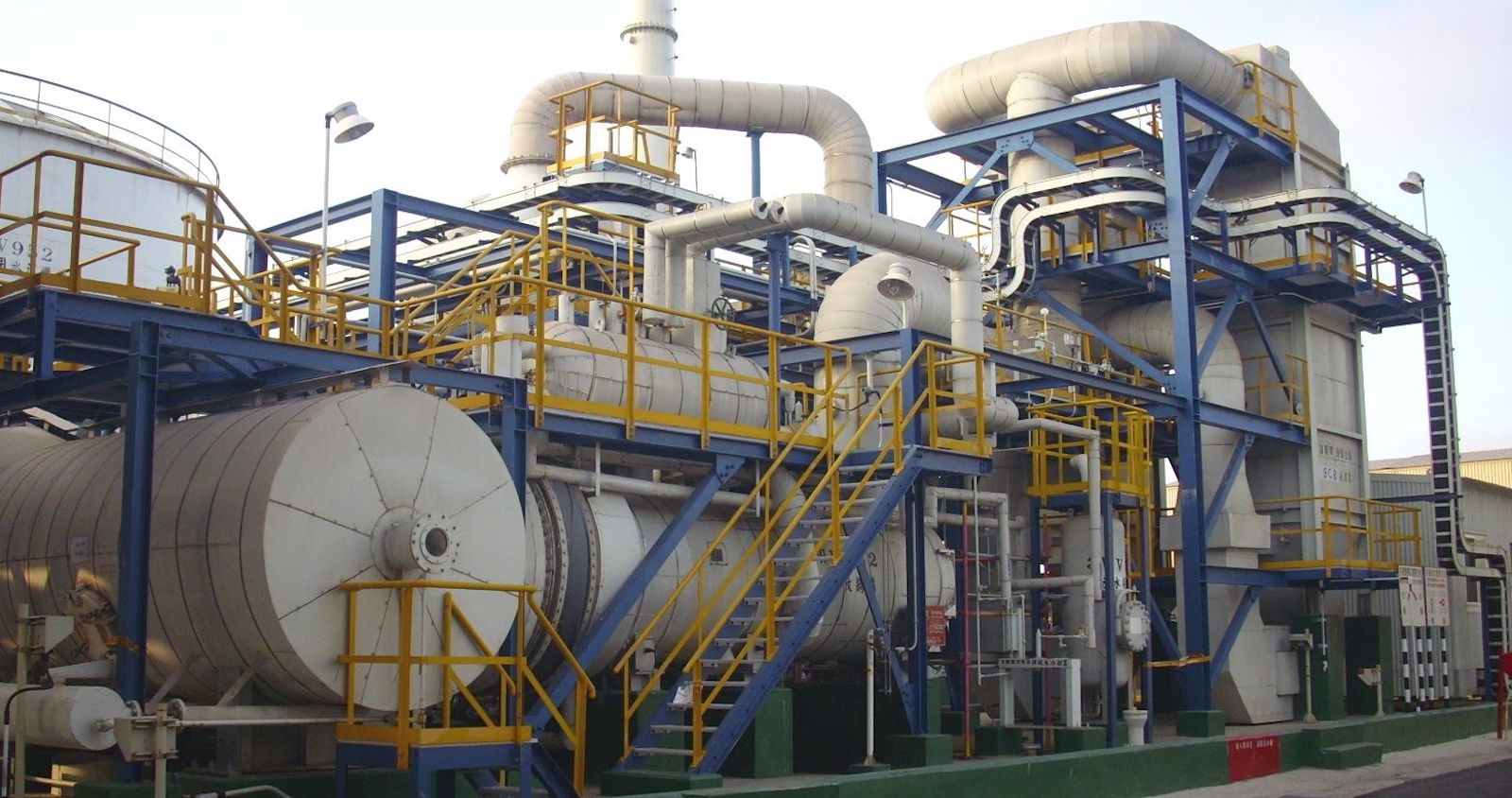Just How Liquid Waste Disposal Works: A Thorough Introduction of Methods and Technologies Employed

Review of Liquid Waste Kind
The intricacy of liquid waste kinds demands an extensive understanding of their characteristics and effects for disposal. Liquid waste can broadly be classified right into a number of types, including industrial, metropolitan, agricultural, and contaminated materials. Each classification shows unique properties, needing details monitoring methods to mitigate environmental and wellness threats.
Industrial fluid waste originates from making processes and commonly consists of a variety of pollutants, such as heavy steels, solvents, and organic compounds. Municipal liquid waste, mostly comprising wastewater from homes and industrial facilities, has raw material, nutrients, and pathogens (industrial wastewater treatment). Agricultural fluid waste, consisting of overflow from ranches, may contain fertilizers, chemicals, and animal waste, presenting dangers to water high quality and ecological communities
Dangerous fluid waste is defined by its toxicity, reactivity, or potential to create injury. This category consists of compounds like acids, bases, and specific chemicals that demand stringent handling and disposal protocols. Comprehending these varied liquid waste types is critical for creating effective disposal techniques and making certain conformity with environmental policies. Correct category and characterization are crucial for carrying out appropriate treatment methods and decreasing the negative influences on public wellness and the environment.
Physical Treatment Approaches

Testing is the preliminary action, where bigger fragments and debris are gotten rid of from the fluid waste utilizing displays or grates. This process protects downstream devices from damage and makes sure smoother operation. Following testing, sedimentation uses gravitational pressure to different solids from fluids. In sedimentation tanks, heavier bits resolve at the base, creating a sludge layer, while the clarified liquid can be more treated.
Purification is another crucial method that includes passing the liquid with porous materials, such as sand or membranes, to catch smaller fragments. This action boosts the top quality of the fluid, making it ideal for subsequent treatment procedures.

Chemical Treatment Techniques
Chemical treatment strategies are important for successfully handling fluid waste, especially in resolving dissolved and colloidal impurities that physical methods may not sufficiently eliminate. These strategies use various chemical representatives to counteract, precipitate, or change harmful substances into much less damaging forms.
One common approach is coagulation and flocculation, where chemicals such as alum or ferric chloride are included in advertise the aggregation of suspended bits. This process enhances sedimentation, permitting easier elimination of the resulting sludge. Additionally, oxidation procedures, utilizing agents like chlorine or Discover More Here ozone, are employed to damage down complicated organic compounds and virus, making the waste safer for discharge or additional treatment.
Neutralization is an additional vital technique, which readjusts the pH of acidic or alkaline waste streams to neutral degrees, preventing possible harm to downstream systems and the atmosphere. Moreover, progressed oxidation procedures (AOPs) use mixes of oxidants and ultraviolet light to deteriorate persistent contaminants, attaining a greater degree of treatment efficiency.
Biological Therapy Procedures
Organic therapy processes play a crucial function in the monitoring of fluid waste by using bacteria to disintegrate natural matter and lower contaminant degrees. These procedures can be extensively categorized right into anaerobic and cardiovascular therapies, each employing certain microbial communities to achieve efficient waste degradation.
Cardiovascular treatment entails making use of oxygen to assist in the breakdown of natural materials by germs. This process is frequently applied in activated sludge systems, where aeration containers supply a helpful environment for microbial development, causing the oxidation of natural contaminants. The resultant biomass can be divided from treated effluent via sedimentation.
On the other hand, anaerobic treatment occurs in the absence of oxygen, relying upon various microorganisms to break down raw material. This approach is especially advantageous for high-strength waste, as it creates biogas, a sustainable power resource, while reducing sludge production. Technologies such as anaerobic digesters are often used in commercial and metropolitan applications.
Both cardio and anaerobic organic treatments not just minimize the ecological effect of fluid waste read the full info here but additionally facilitate resource recuperation, making them important components of sustainable waste management techniques. Their adaptability, efficiency, and effectiveness support their extensive implementation across numerous industries.
Emerging Technologies in Disposal
Ingenious approaches to liquid waste disposal are swiftly progressing, driven by developments in innovation and an enhancing emphasis on sustainability. Amongst these emerging technologies, membrane bioreactors (MBRs) have gained grip for their capability to combine organic therapy with membrane purification, causing top quality effluent that can be reused in different applications. MBRs make it possible for smaller sized footprints and a lot more reliable procedures contrasted to typical systems.
One more appealing growth is using anaerobic food digestion integrated with nutrient recovery innovations, which not only treats fluid waste however additionally produces biogas and recoups beneficial nutrients like nitrogen and phosphorus. This twin advantage enhances resource efficiency and reduces environmental influence.
In addition, advanced oxidation processes (AOPs) are being adopted for the degradation of intricate organic pollutants. These techniques make use of effective oxidants and catalysts to break down impurities at the molecular level, providing a highly effective solution for challenging waste streams.
Additionally, the combination of fabricated knowledge and maker discovering in waste management systems is maximizing functional performance and anticipating maintenance, bring about lowered expenses and boosted ecological conformity. These modern technologies mirror a significant shift towards more reliable and lasting fluid garbage disposal techniques.
Verdict
In final thought, effective liquid waste disposal necessitates an extensive understanding of different techniques and technologies. The integration of physical, chemical, and organic therapy approaches guarantees the effective management of varied waste types. Additionally, the development of cutting-edge technologies improves therapy efficacy and advertises sustainability in waste monitoring practices. By continuously advancing these methods, it ends up being possible to resolve the growing challenges related to fluid waste, ultimately adding to environmental management and resource recovery.
Liquid waste disposal is an important element of environmental management, requiring an extensive understanding of various strategies and innovations tailored to various waste kinds. Liquid waste can extensively be classified into numerous types, consisting of industrial, community, agricultural, and dangerous waste. Agricultural fluid waste, consisting of runoff from ranches, might have plant foods, pesticides, and animal waste, posing threats to water high quality and communities.
Different go to my blog physical treatment methods play an essential function in handling fluid waste properly - industrial wastewater treatment.In verdict, reliable fluid waste disposal requires a comprehensive understanding of different strategies and innovations